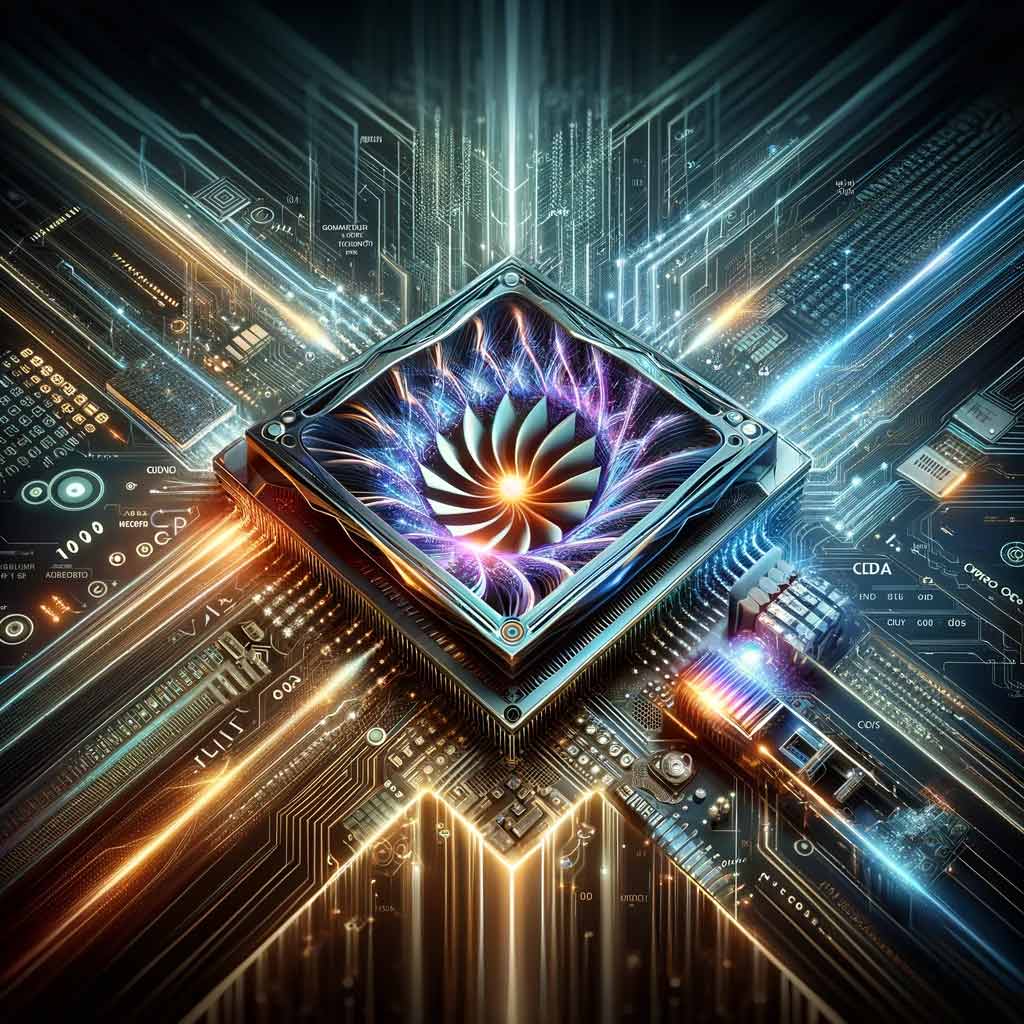
In the ever-evolving realm of technology, Artificial Intelligence (AI) has become a cornerstone of innovation. Central to this revolution is the AI GPU – a Graphics Processing Unit specifically tailored to enhance AI computations. Traditionally associated with video games and graphics tasks, GPUs have transformed into indispensable tools for AI applications, thanks to their parallel processing architecture.
Understanding GPU Architecture:
To grasp the capabilities of AI GPUs, it’s essential to first understand GPU architecture. Unlike traditional Central Processing Units (CPUs), GPUs consist of thousands of small processing units. These units, known as CUDA or OpenCL cores, are grouped into multiple streaming multiprocessors (SMs). This structure allows GPUs to handle multiple tasks simultaneously, offering immense parallelism that’s critical for AI computations.
Nvidia, a leading GPU manufacturer, has been pivotal in this evolution. Their Nvidia Tesla and Nvidia GeForce series, equipped with numerous CUDA cores and high memory bandwidth, are optimized for AI tasks. Other manufacturers like AMD with their Radeon GPUs, and Intel with integrated graphics solutions, also contribute to this landscape, offering accelerated compute capabilities for AI.
AI GPU efficiency is harnessed through parallel programming languages like CUDA or OpenCL. These languages distribute AI workloads across the thousands of cores in a GPU, maximizing parallelism and thus accelerating computations. Developers create kernels, or small programs, that execute in parallel, significantly speeding up AI tasks compared to CPU-only computations.
AI Applications Leveraging GPU Acceleration
GPUs are particularly beneficial in fields such as deep learning, computer vision, and scientific computing. In deep learning, for instance, GPUs efficiently perform matrix multiplications, a staple in neural network training and inference. This capability is crucial for processing large datasets and complex models. Similarly, in scientific computing, GPUs accelerate simulations in fluid dynamics, molecular dynamics, and computational mathematics.
To fully utilize AI GPUs, developers often turn to specialized software libraries like Nvidia’s CUDA or AMD’s ROCm. These libraries offer pre-optimized functions and frameworks specifically for AI computations. Machine learning frameworks such as TensorFlow, PyTorch, and MXNet also provide GPU acceleration capabilities, enabling seamless integration with AI GPU architectures.
Effective utilization of AI GPUs involves optimizing code to suit specific GPU architectures. This includes efficient use of GPU memory, minimizing transfers between CPU and GPU, and maximizing parallelism. Compilers and runtime environments further aid in optimizing GPU code execution.
The Future of AI GPUs
As AI continues to grow, so does the importance of GPUs in this field. Ongoing research and advancements in GPU technology are leading to the development of faster, more powerful GPUs. Manufacturers are enhancing GPU architectures by increasing core counts, memory bandwidth, and introducing specialized hardware like Tensor Cores for matrix operations.
Conclusion: AI GPUs have become integral to modern AI systems. Their parallel architecture and high compute throughput, combined with optimized software frameworks, offer significant speedups for a wide range of AI-based tasks. As the AI landscape advances, the role of GPUs in meeting the computational demands of AI workloads will only become more crucial.
By Alexandre RASOLO
